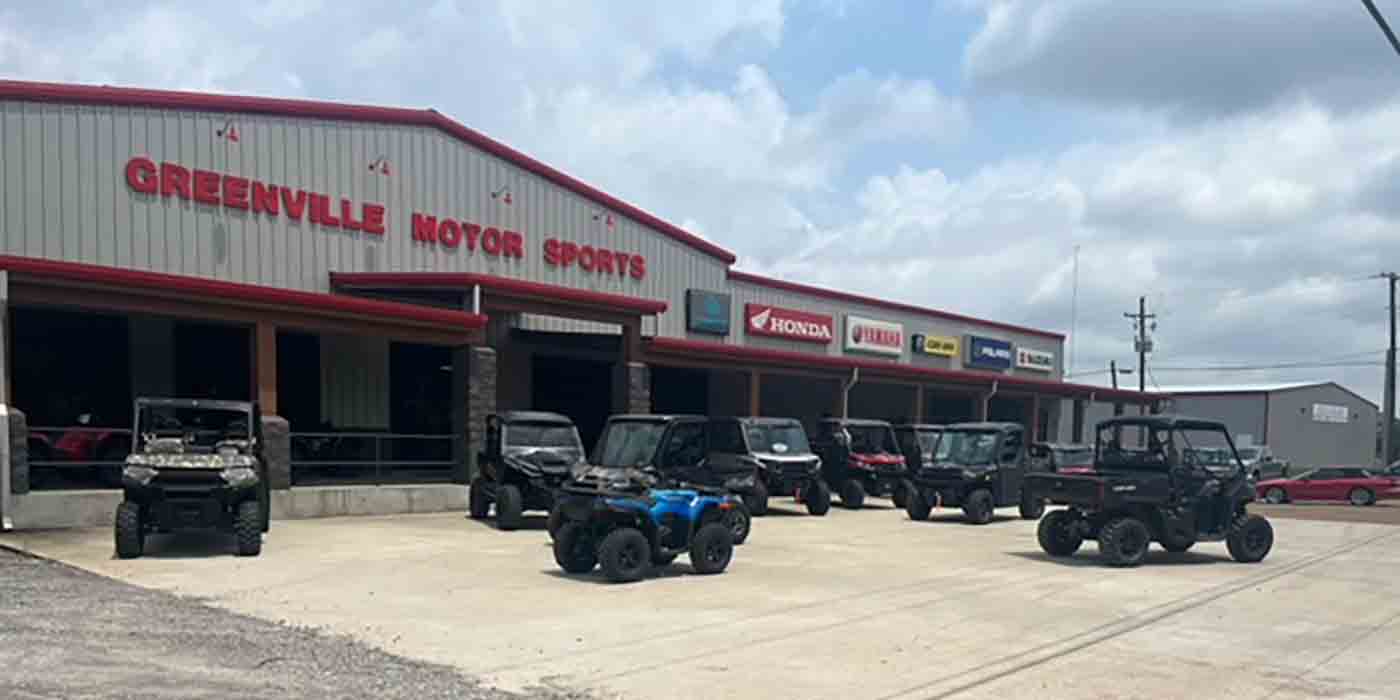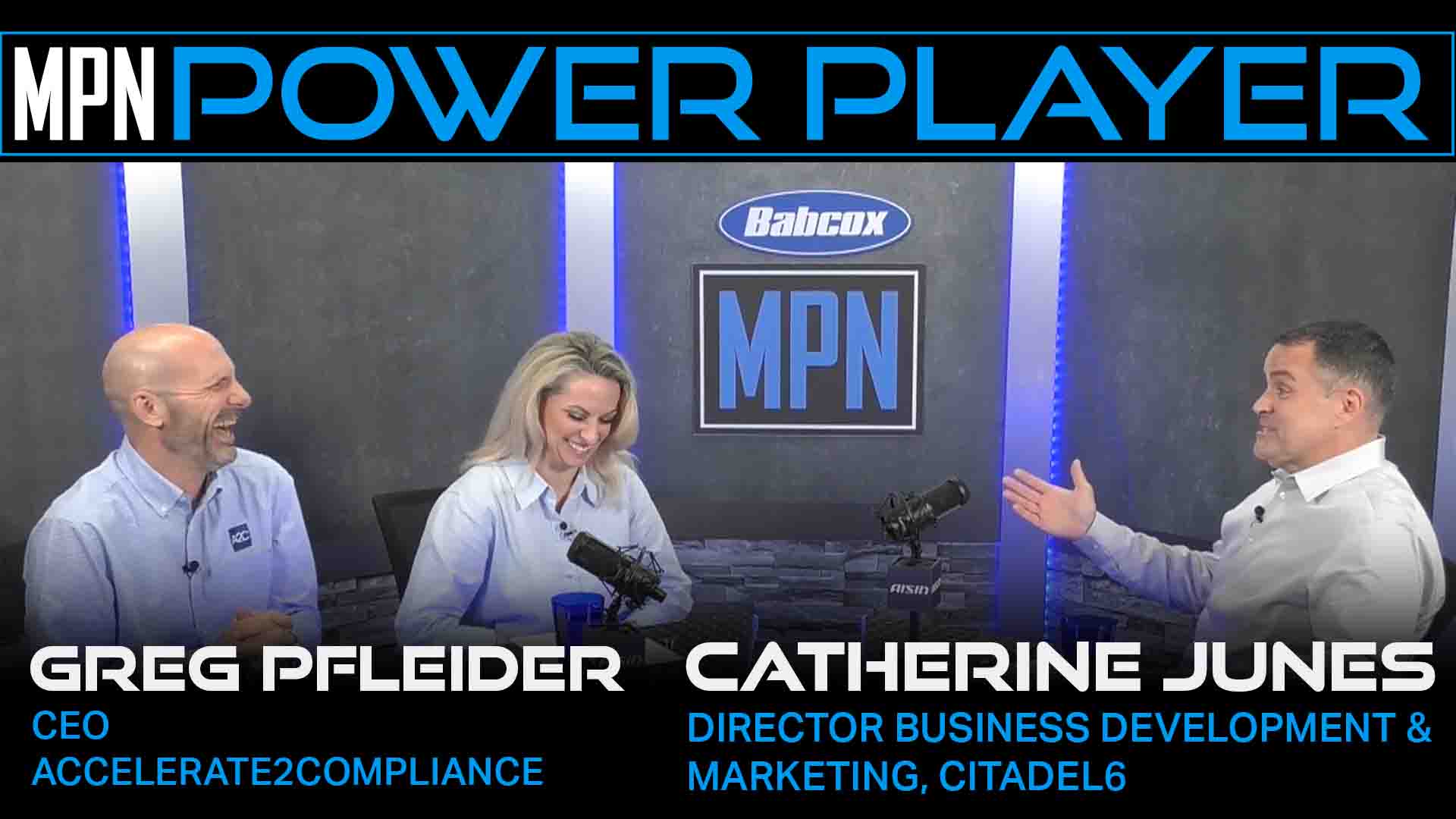 [dropcap]H[/dropcap]ere’s a Murphy’s Law scenario that happens occasionally at our dealerships.
[dropcap]H[/dropcap]ere’s a Murphy’s Law scenario that happens occasionally at our dealerships.
Somebody calls in sick on a day that ends up being one of the busiest in the entire month. As a result, for stretches of time you have a customer backup at the parts counter and probably also in the service department. Let’s say four customers are waiting at the parts counter, another three in service. That’s seven people total.
A 2015 study tells us two interesting things about those seven waiting customers: If they’re in the 30-49 age demographic, 80 percent of them have smartphones. Secondly, more than 50 percent of them pull out those smartphones when they’re waiting in line. (Yes, the 2015 Pew Research Center survey actually asked that question)!
All of which means it’s likely three of those seven customers have their hands on a smartphone as they wait in line. What will they do? More importantly, how do they feel? Frustrated they’re waiting in line? Upset they may now miss the first inning of their son’s Little League game while they wait in line? And if so, would they go to your dealership’s Facebook page and respond to one of your posts with a nasty comment about missing that first inning because they had to wait in line?
The answer to that question isn’t as important as the answer to this question: Would you or your staff see that nasty comment and be able to quickly respond? Or would dozens, if not hundreds, of your Facebook followers see that post first and shake their heads at your store’s apparent lack of customer service before you’re able to respond?
This scenario is going to happen. It might not be a waiting customer. Maybe it’s somebody who just had their vehicle serviced and they’re not happy about the outcome. Whatever the situation, customer frustrations will be aired. It’s part of the new mobile world in which we do business.
This scenario essentially becomes an issue of speed. How quickly can we be notified of that nasty post, and how quickly can we respond? This issue of speed is precisely why dealer management platforms have evolved as beacons of unhappy customers. With DX1, for example, dealers immediately receive a notice of any replies to their Facebook posts.
It’s an interesting evolution of the dealer management system. We have essentially turned the handwritten spreadsheet and inventory journal book into a digital platform that measures and maintains major unit and parts inventory and profit margins while monitoring online marketing. Why include such monitoring in a platform that otherwise details and documents traditional business benchmarks? Because monitoring online social chatter should now be part of our daily business management.
Think about it. Through our dealer management platforms, we keep an eye on major unit inventory. We keep close watch on the efficiency of our service department. We delve into profit margin in the parts department. Yet one or two nasty posts going unanswered on our dealership’s Facebook page can impact any one of those traditional profit centers.
[pullquote]Monitoring online social chatter should now be part of our daily business management.[/pullquote]
Consider this scenario: We write a Facebook post that announces our tire special this month. Two hours later, a customer responds by saying they can find cheaper tires online. In fact, they go so far as to say they’ve found that same tire setup online for $100 less. That customer doesn’t take into account our advertised price also includes installation of the tires. We point this fact out – in a gracious manner, of course – in a reply. The problem? Our response came 12 hours after the customer’s rant because we only check the Facebook site each morning and don’t use a management platform that alerts us to any social networking activity.
How bad can that be? I mean, we’re only talking 12 hours here, right? How many shoppers could’ve actually seen that consumer’s response and, rather than coming into our store to buy tires, changed their minds and didn’t buy from us?
More than you probably think. Consider 70 percent of Facebook users log on daily, according to a 2014 study by the Pew Research Center. If you have 1,000 “Likes,” 700 of those people were on Facebook within the last 24 hours and could’ve seen your post on the tire special and the consumer’s reply to your post. Of course, with Facebook’s constantly changing formula for how many of our followers actually see our posts, it’s a good bet the number who actually read the customer’s reply is much lower than 700. But we’re still talking dozens, if not hundreds, that could’ve read that customer reply about cheap online tires and now suddenly are rethinking their purchase plan.
That’s the reason dealer management platforms should be alerting you and your staff about social networking activity as much as about parts department gross margin or service department efficiency. It’s that important.













